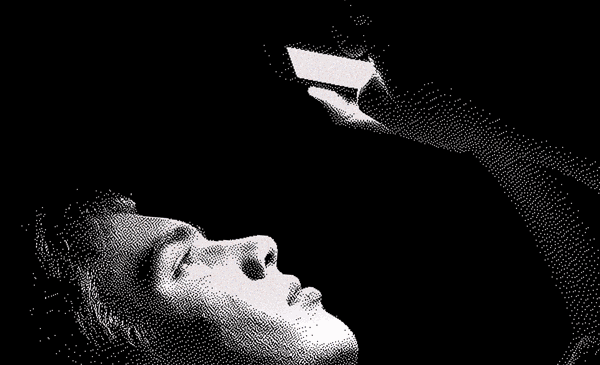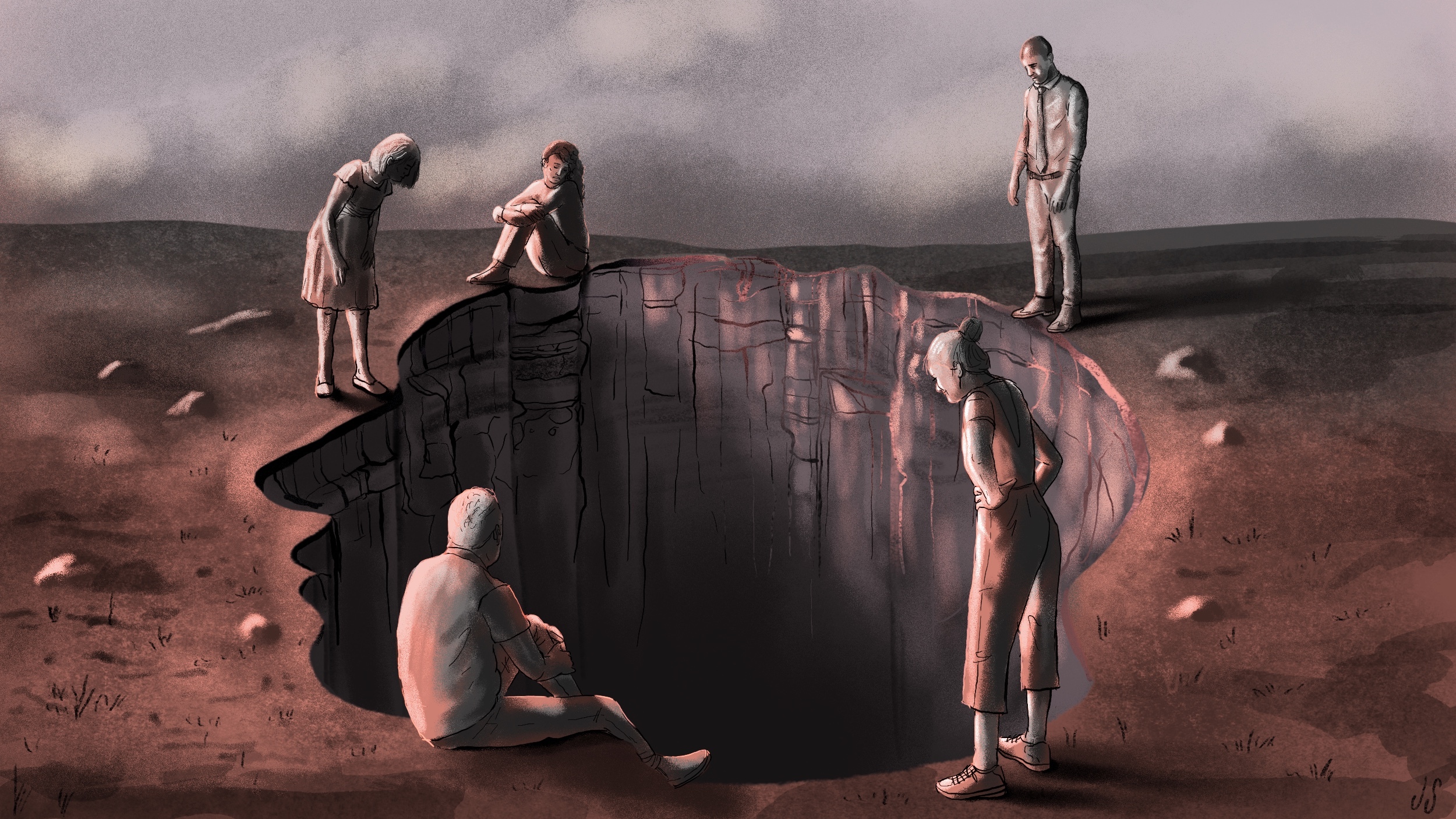Understanding the Downward Spiral of Anxiety

Let’s say you’re a great big Giants fan. If you opened up a newspaper and there’s a big page of text, and you’re a real manic Giants fan, your attention is going to magically pick out anything Giants-related amongst all that text. We’ve all been there. We’ve all done that kind of thing.
It’s exactly the same thing with people who suffer from anxiety disorders and anxiety-related stimuli. Their attention is almost magically drawn to threat stimuli within their environment. And of course because their attention is magically drawn to that threat stimuli in their environment they actually pay more attention to those kinds of threatening stimuli. And that has a kind of a circular knock-on effect in that it actually in turn makes them more anxious. The more they’re attending to threat-related stimuli, the more anxious it is that it’s making them.
So on the other end of the spectrum, anxious people who suffer from fear-related disorders hyper-attend to threat-related stimuli in the environment. And that of course is not very functional, not very adaptive.
In Their Own Words is recorded in Big Think’s studio.
Image courtesy of Shutterstock





